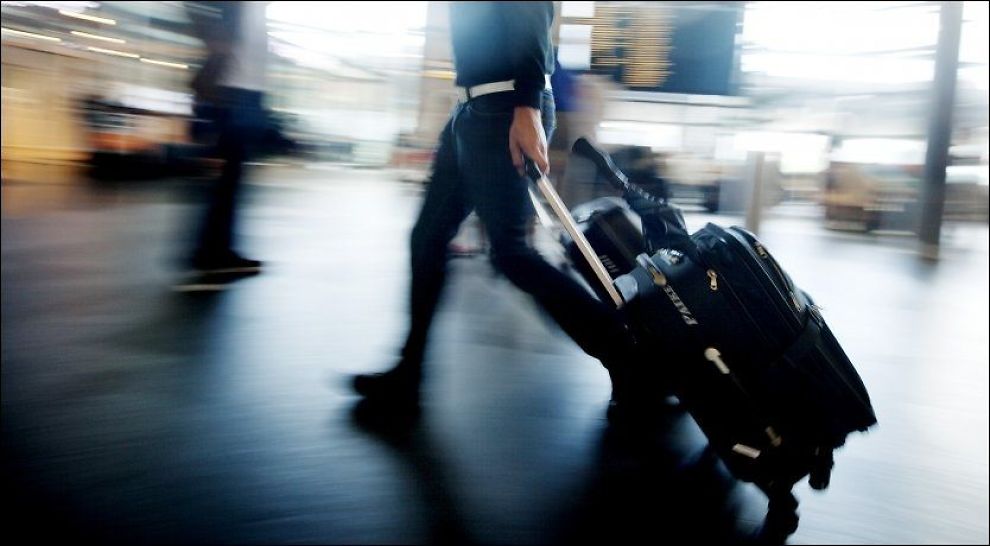Travelling is a favorite pastime activity for many individuals throughout the globe. Those who travel have the opportunity to experience other cultures. It similarly gives them a broader perspective about themselves and the rest of the world. People from different cultures of the world experience travelling differently. Those who travel most are mostly from the USA, Canada, Australia and the Scandinavian countries. Below is a breakdown of how individuals from each of the mentioned cultures experience traveling.

a) USA Travelers
The United States has been noted to have the biggest domestic travel market globally. On average, every American makes 6.7 trips a year. This is a quite impressive figure by any standards. American citizens, however, are noted for mostly making domestic trips. They are similarly renowned for making a limited number of international trips. In 2013 for instance, only 1 in 5 Americans travelled outside the country.
The apparent apathy that they have to overseas travelling is further highlighted by the fact that less than half of American citizens have a passport. On the domestic front, most Americans travel to attend festivals in different cities. Those who venture overseas on the other hand mostly visit Mexico, Canada, the U.K and France.
b) Canadian Travelers
Canadians definitely love travelling with the US, Mexico, the United Kingdom, France and Cuba being their top five international destinations. Most Canadians who travel are the urban folk, who mostly do so during working vacations. Just like the Americans, most Canadians travel domestically. The country is scenic and has a diverse landscape, which could be the reason why most Canadians prefer to travel domestically. Citizens of this country are particularly known to be mad about vacations, which explains their penchant towards domestic tourism. An average Canadian makes 1 overseas trip and 3.2 domestic expeditions every year.
c) Australian Travelers
Australians also have a strong affinity to domestic tours. Basically, they make 3.4 domestic trips and 0.4 international trips. The country’s statistics agency in 2012 reported that 8.2 million Australians left the country that year. Most of these individuals prefer short time travels. The number of international tourists from Australia is quite impressive because the country is not conveniently located geographically. When it comes to expenditure by international tourists, Australians are also ranked among the top ten spenders.
According to a report concerning the travel tendencies of Australians, most of them travel to summer destinations. A majority of international travelers travel during the holidays, with summer destinations being the most preferred locations. A little over 20 percent travelled outside the country to visit family members and friends. Only 9 percent travelled because of business. The report further states that most international travelers visit New Zealand, Indonesia, the United States of America, the United Kingdom and Thailand.
d) Scandinavian Travelers
Most Scandinavian travelers are from Norway, Finland, Sweden and Denmark. Citizens of these countries have exhaustively traveled domestically. This explains why the Scandinavian region is widely regarded as the most travelled region globally. On average, a Swedish native makes 1.5 trips outside the country compared to 4.4 domestic trips every year.
The Scandinavian terrain has so much to offer, more so during summers. Camping is the most preferred summer activity. This mainly entails driving off and setting up camps far away from home. In Scandinavia, the restaurant culture is not as prevalent as it is in other European countries such as Spain and Italy. This is because eating out in restaurants is relatively expensive.
Most domestic Scandinavian travelers, therefore, prefer camping because it gives them an opportunity to prepare their own meals. Another interesting twist is the fact that most of the domestic travelers opt to visit museums. In Denmark, most families have a second home in the country. Danish travelers averagely make 3.9 domestic trips every year. They also make 1.4 foreign trips. On the other hand, Norwegians average 5.2 domestic trips a year.
The diversity that exists in the travelling patterns of members of different cultures is largely owed to their attitudes towards travel, their financial position and cost of travel, and most importantly, their geographical location. One trend, however, cuts across all the aforementioned cultures: that most individuals prefer travelling domestically. It’s high time you joined the bandwagon. Pack your suitcases, get out your camping gear and get ready to hit the road.












No Comments
Leave a comment Cancel